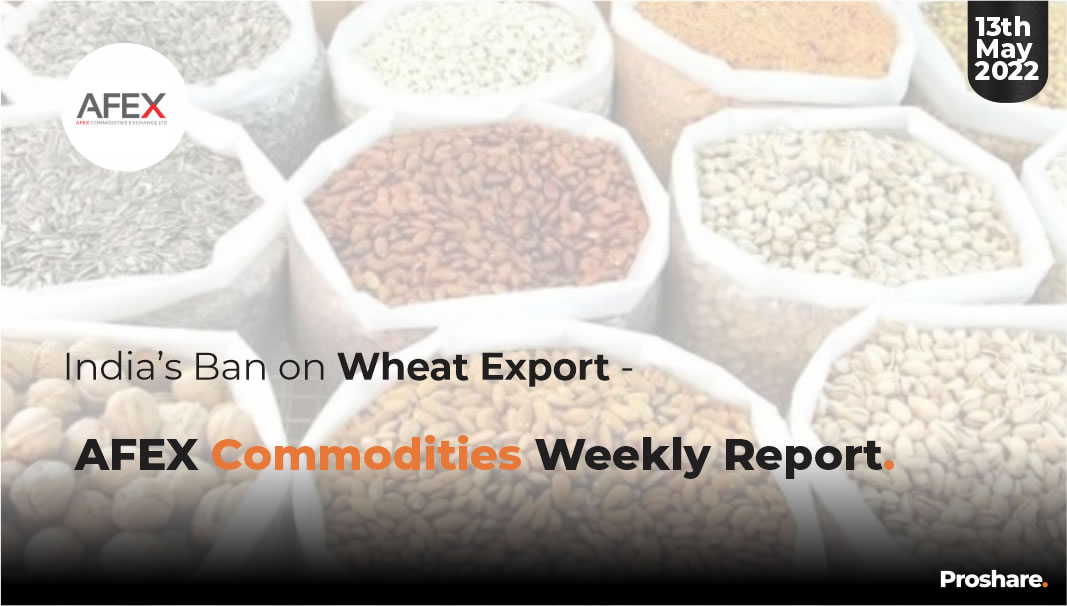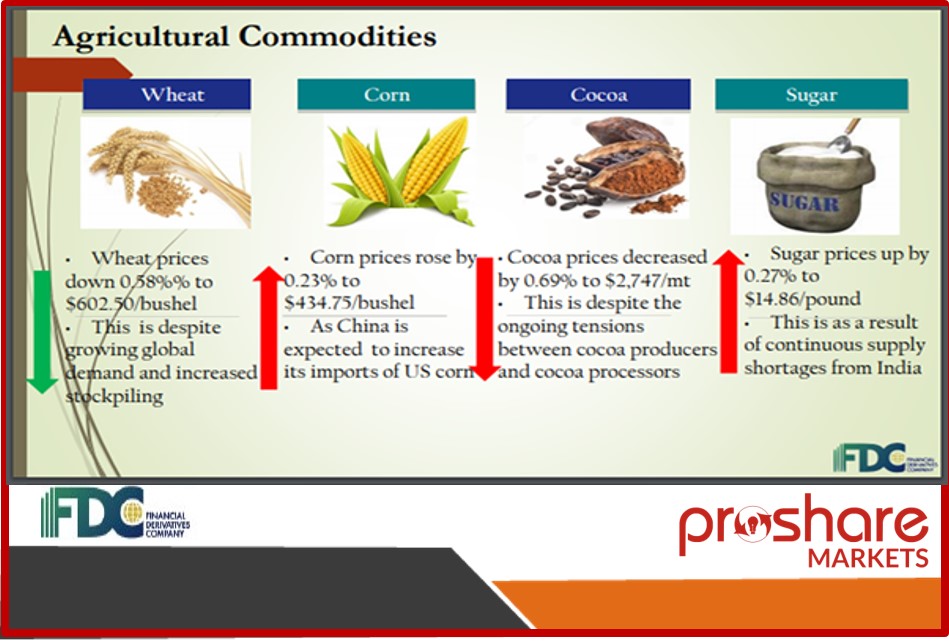To control the rising rice prices, the world's largest exporter and second-largest producer banned broken rice exports and placed a 20% export tax on other rice varieties. The decision could affect several countries, particularly those in the Middle East and Asia, along with African countries that depend on Indian rice exports. In 2020, India exported 21.6% of total global rice and 35%, showing that India has a decisive say in the market. Most of its export went to the middle east, with Saudi Arabia Paying over US$1bn for rice from India, which amounted to 13.41% of revenue generated from rice. Iran, Iraq, and the United Arab Emirates (UAE) represent India's top four export markets.
Of Rice Victims and Victors
Saudi Arabia does not grow rice but relies heavily on imports from rice-producing countries, majorly India, the United States, Pakistan, Thailand, and Vietnam. Still, most rice imports come from India, as 80% of its rice payment is to India. The USDA had earlier projected that Saudi Arabia's rice import would fall as India struggles to meet the country's demand.
Iran, unlike Saudi Arabia, produces rice majorly in the north. A total of 2.2 million tonnes of rice was produced in the 2021/2022 season, representing a decline of 13% from the 2020/2021 season. The slump resulted from a shortage of water and unfavourable weather conditions experienced in the year. It is important to note that the arable land in the country is about 15.65 million hectares, which is 9.49% of the country's land mass.
Iraq, like Iran, also produces rice, majorly in the central and southern parts of the country. Although a smaller country, its arable land is 11.41% of its total land mass, with an ability to plant on 5 million hectares of its 48.8 million hectares. In 2020, Iraq spent US$876 million to purchase rice from India, becoming the fifth largest rice importer in the world.
The United Arab Emirates, much like Saudi Arabia, does not produce rice due to limited water resources and unfavourable weather conditions. At least 50% of rice imports come from India, it is thought that a large number of south Asians living in the UAE prefer Indian rice (see chart below).
Other Asian countries like the Philippines and Singapore equally stand as countries to be affected severely by a ban and export tariff on Indian rice. The Philippines imports about 20% of its rice from India, while Singapore, which also imports rice, imports about 28% of its rice from India.
These rice importers face a dire situation as their major supplier cuts the supply to the market. The UAE is already bracing itself for a 20% price hike in Indian Rice as they realize that the 20% export tariff would reflect in the rice sold in the country. India claims that the measures placed on rice export are because rice production dropped after they experienced harsh weather conditions this year. Another problem which crept in is the fourth largest rice exporter's production. After experiencing heavy rains, Pakistan suffered flooding in many parts of the country. Farmlands with plants ready for harvest became submerged under water, preventing these ripe crops' harvest.
The Beneficiaries
While India dominates the market for rice exports, other big players include Thailand and Vietnam, the second and third biggest exporters in the world. Recently Thailand and Vietnam had discussed forming a rice cartel to determine rice prices in the international market. Still, this move by India would favour the price increase the two countries might have been pushing for. Countries would be looking toward Thailand and Vietnam to cover the deficit India would leave, which presents an opportunity for these two countries to increase their market share.
Counting the Costs
With the cost of most food products set to increase globally, food inflation will spike in 2022/2023. Buyers cannot bear to pay an additional 20% on rice, and sellers would find it difficult to sell rice with an additional 20% tariff as they would be unable to absorb the higher cost. Inevitably, buyers would turn to other markets as Indian rice prices rise.
 Lagos, NG • GMT +1
Lagos, NG • GMT +1











 405 views
405 views















 Sponsored Ad
Sponsored Ad
 Advertise with Us
Advertise with Us









